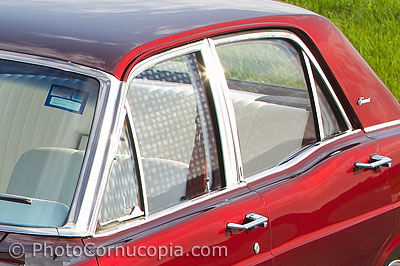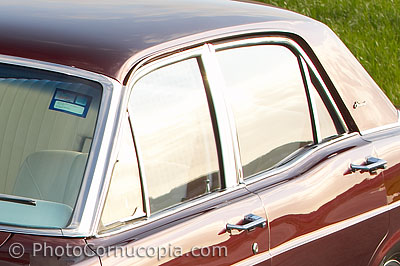So, I was just musing on something after reading through this months' Australian Photography....
The polarising filter....has it had its day?
Now, we all know this is often regarded as an essential piece of equipment, and it's primary purpose is to enhance the blue in skies (though of course it can be misused).
But is this a throw-back to film days (particularly when very few of us processed our own prints)? I mean, colour/contrast adjustments in post are part of the normal photographic process these days, so does a polarising filter do anything that we wouldn't be doing on computer any way? Are we spending money, putting extra glass in front of our lenses and risking vignetting over a largely redundant piece of equipment?
Now, I know a polariser has other uses - cutting through reflections is something that can't really be done in post, and it can cut through a bit of glare as well, so perhaps that's now the primary use for a polariser in the age of digital photography?
So I guess my argument isn't so much that the filter is redundant, but the filter in the context of it's typical main use has become redundant and it's now only useful for its secondary purpose.







 Thanks useful information:
Thanks useful information: 
 Reply With Quote
Reply With Quote Add To Bookmarks
Add To Bookmarks











 Threadstarter
Threadstarter

 )
)

 Digital & film, Bits of glass covering 10mm to 500mm, and other stuff
Digital & film, Bits of glass covering 10mm to 500mm, and other stuff










 Nikon
Nikon










